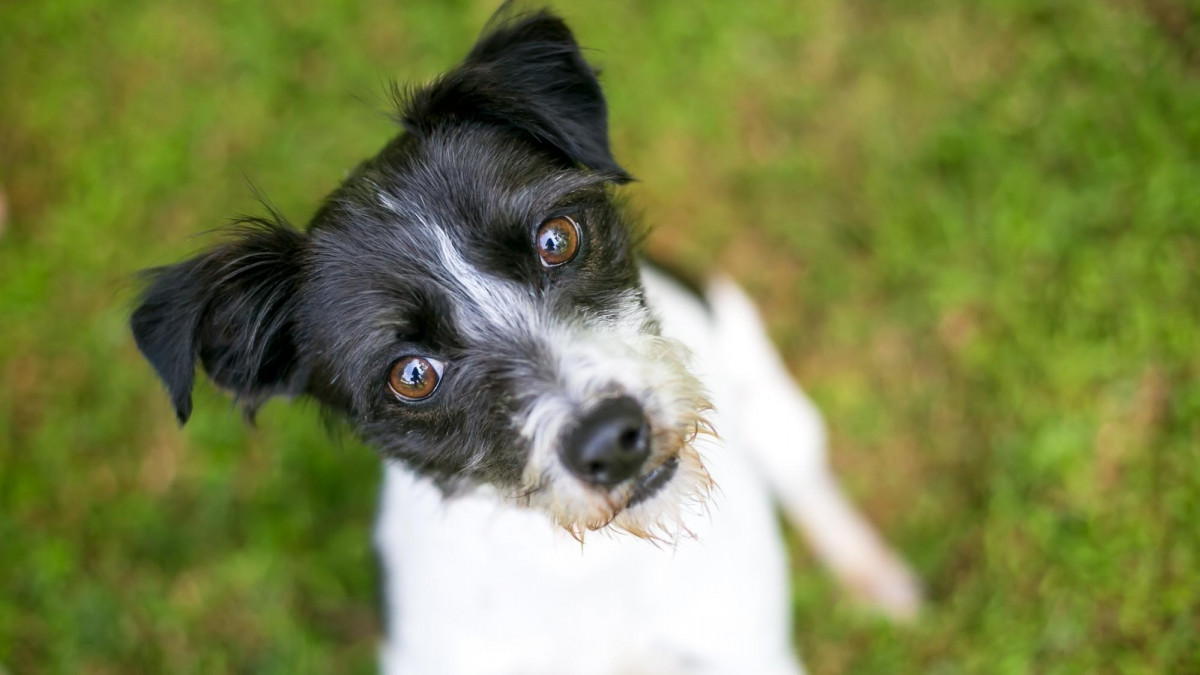For all the dogs who've touched our hearts
Be a better trainer by asking better questions

When it comes to improving your dog training, if you ask better questions you'll get better results

Question 1: How do I stop my dog...?
"How do I stop my dog..." is the first question a new owner asks: how do I stop my dog jumping, biting, barking, pulling on the lead... insert bad behaviour...
I'm sure you're familiar with these questions, we've all been there and may still go there when things go wrong. It's pretty human to do so.
The problem with this question is its punishment ideology; to "stop" a behaviour means to suppress or reduce it, and if you're reading this blog it's likely you're committed to living with your dog in a kind and supportive way.
Too much punishment can make your dog afraid to try new things, so if you want them to be a confident and eager learner avoid punishment whenever you can.



Question 2: What do I teach my dog?
The next question you learn to ask is what do I teach my dog? If you don't want your dog to jump, bite, bark, pull on the lead ... insert behaviour here... what can they do instead?
This is a foundation understanding of positive reinforcement based training and helps you to see a problem in a different way. It makes you a pro-active rather than reactive teacher for your dog.
You learn to see that your dog does things for a reason, to gain a specific outcome, and you can set them up to achieve those outcomes in ways that suit you too.
They can stay on the ground and be patted.
They can bite on toys and you'll play with them.
They can pick up a toy and run around rather than barking.
They can get all the sniffs they want by walking with you.
You can see this is a pretty cool question!


Question 3: What is my dog learning?
Once we work out what we want to teach our dogs, there's a third and important question to ask: what is the dog learning? It doesn't matter what you think you've taught, if what they understand is completely different.
People often come undone in their teaching efforts because they don't ask this question, instead they assume their dog knows or should know what they they've been teaching.
The problem with this assumption is it can lead back to punishment. If your dog knows, why aren't doing it? Are they wrong, stupid or plain naughty. If so what do you do?
This kind of thinking doesn't help find a solution that suits both person and dog.
By asking "what is the dog learning", we remove assumptions of right and wrong and can gain insight into what needs to change for our teaching to be successful.

Sit for your dinner
Bonnie, like most dogs, was taught to sit for her dinner. What the behaviour is supposed to do is allow the human to put down the bowl without being mugged.
Sounds good right? But Bonnie's "Sit for your dinner" looks like this:
1. Sit while the bowl is held in the air above the ground
2. Stand on your back legs like a Meerkat while the bowl is being lowered
3. Dive hungrily into the bowl while it's being placed on the ground
If I assumed her understanding of "Sit for your dinner" was "Sit and stay sitting until I lower the food bowl to the floor, and stay sitting until I tell you you can eat it", it'd be easy to think she was being naughty!
The intention behind what was taught and what she actually learned was completely different. Bonnie has learned to sit while the bowl is held in the air, but as soon as its lowered, all bets are off!

Put your toys away
Merlin and I are learning 'Put your toys away'. It's a fun behaviour which uses a technique called back chaining, but I messed up and failed to reinforce the most important final behaviour in the chain - let go of the toy.
I thought I was teaching Merlin to place his toy in the box, and it kind of looked like it, but what he really learned was to enthusiastically wave his toy over the box!
Once I understood this by asking the question "What has he learned?", I was able to go back and make the learning path clearer for Merlin.
Take a look!
(And thanks for reading!)


You might also like



 Julie van Schie
Julie van Schie 



